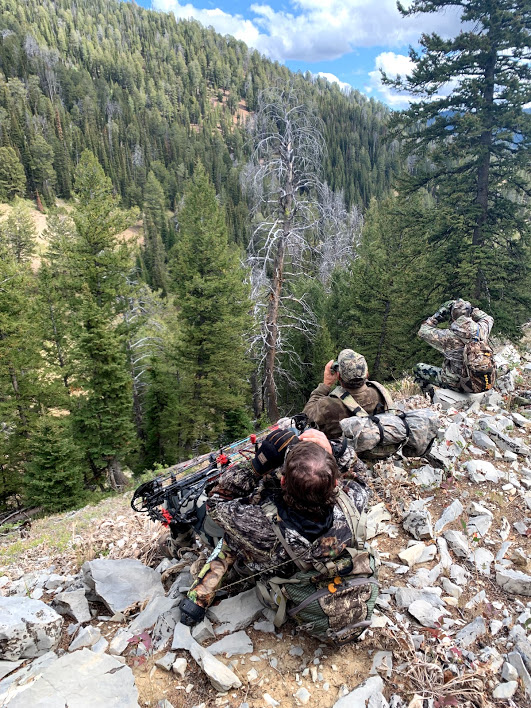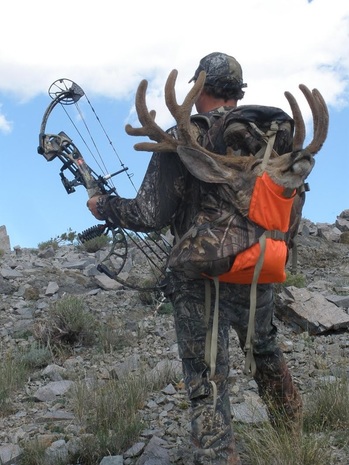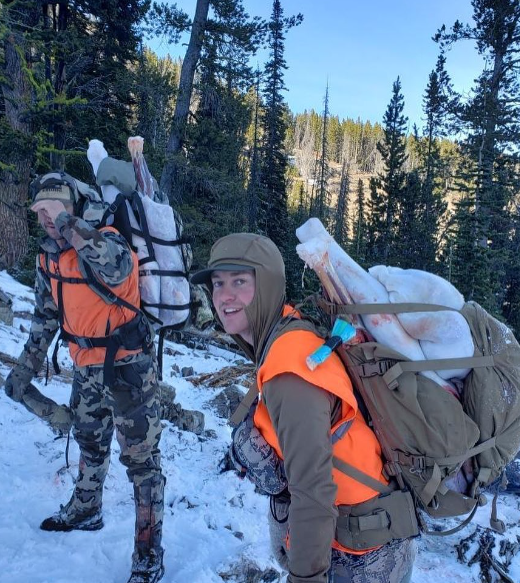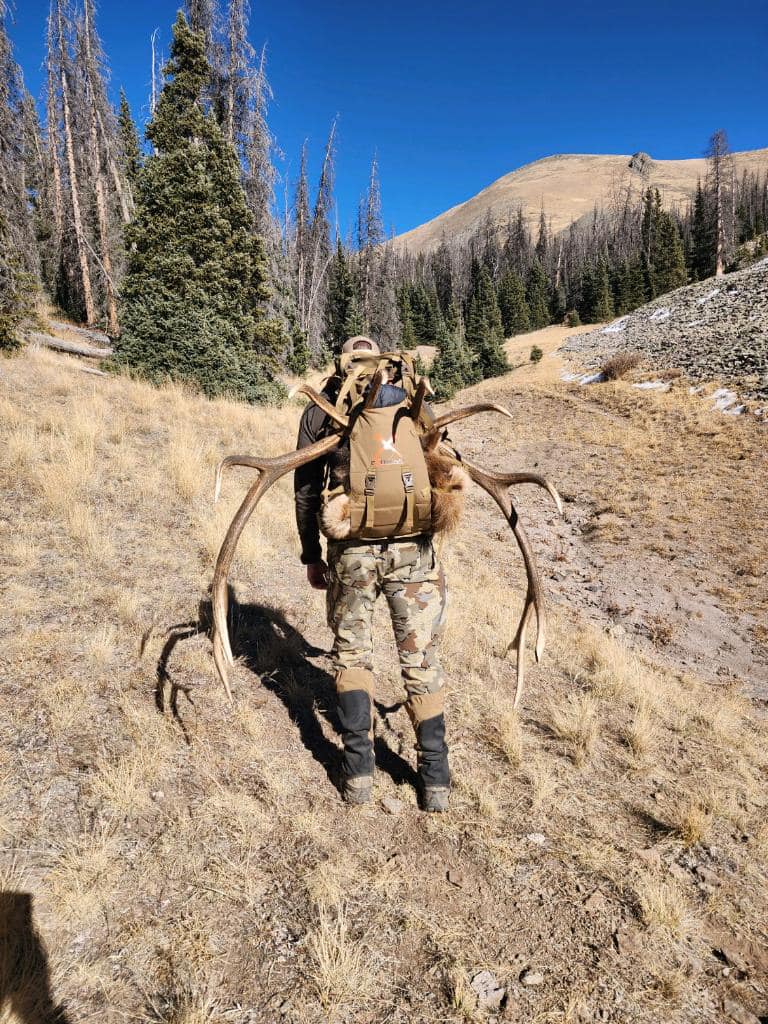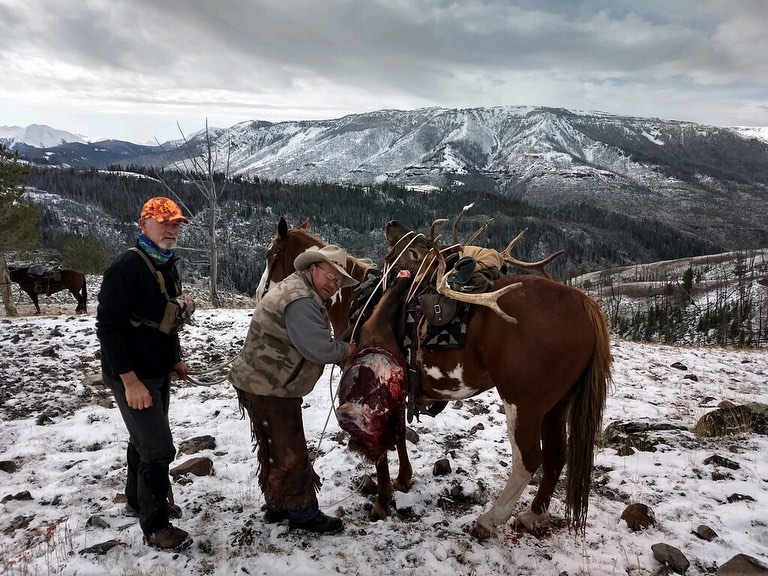4-Week Exercise Plan for Your Western Hunt
Preparing for a Western hunt for antelope, elk, or mule deer demands a level of physical fitness that shouldn’t be underestimated. The rugged terrain, high altitude, and long hours on foot require a well-rounded fitness routine. This 4-week exercise plan will help you build the necessary endurance, strength, and flexibility to maximize your hunting experience.
Photo Credit: Mule Deer Hunt – Poker Creek Camp / Cokeville / Wyoming
Key Fitness Components for a Western Hunt
- Cardiovascular Endurance: Essential for maintaining stamina during long hikes over varied terrain.
- Strength: Focuses on the lower body, core, and upper body to handle the physical demands of the hunt, including carrying gear and field dressing game.
- Flexibility and Mobility: Improves range of motion and reduces the risk of injury, especially when navigating uneven ground.
- Balance and Stability: Helps with moving over rocky terrain and maintaining shooting accuracy in challenging positions.
Photo Credit: Mule Deer Hunt / Santa Clara / Utah
Week 1: Building a Foundation
Objective: Establish a baseline of cardiovascular endurance and strength.
- Cardio: 3 days a week, 30 minutes of steady-state cardio (hiking, brisk walking, or cycling).
- Strength: 2 days a week, full-body workouts focusing on major muscle groups.
- Squats: 3 sets of 12 reps
- Push-ups: 3 sets of 15 reps
- Plank: 3 sets of 30 seconds
- Lunges: 3 sets of 12 reps per leg
- Flexibility: 2 days a week, 15 minutes of stretching focusing on hamstrings, quads, hip flexors, and shoulders.
Photo Credit: Elk Hunt / Dillon / Montana
Week 2: Increasing Intensity
Objective: Build on your foundation by increasing intensity and incorporating more targeted exercises.
- Cardio: 3 days a week, 30-45 minutes with added intensity (hill climbs or intervals).
- Strength: 3 days a week, continue full-body workouts with increased weight or reps.
- Step-Ups with Weight: 3 sets of 10 reps per leg
- Deadlifts: 3 sets of 10 reps
- Push-ups with Variations: 3 sets of 15 reps
- Core Circuit: 3 sets of 15 reps each (bicycle crunches, mountain climbers, leg raises)
- Flexibility and Balance: 2 days a week, 15-20 minutes focusing on dynamic stretches and balance exercises.
- Single-Leg Balance: 3 sets of 1 minute per leg
- Dynamic Stretching: Hip openers, arm circles, walking lunges
Photo Credit: Colorado Archery Elk Hunt / Moffat / Colorado
Week 3: Peak Conditioning
Objective: Reach peak conditioning with longer, more intense workouts.
- Cardio: 4 days a week, 45-60 minutes with a focus on endurance (long hikes with a pack, trail running).
- Strength: 3 days a week, emphasizing lower body and core.
- Weighted Squats: 4 sets of 10 reps
- Pull-Ups or Rows: 3 sets of 8-12 reps
- Walking Lunges with Weight: 4 sets of 12 reps per leg
- Core Stability: 4 sets of 20 reps (Russian twists, side planks)
- Flexibility and Mobility: 3 days a week, 20 minutes focusing on full-body flexibility and mobility drills.
- Foam Rolling: 5-10 minutes on major muscle groups
- Yoga or Pilates: Focus on hips, shoulders, and lower back
Photo Credit: Butte Creek Archery Elk Hunt / Cody / Wyoming
Week 4: Pre-Hunt Preparation
Objective: Maintain peak fitness while tapering intensity to prepare for the hunt.
- Cardio: 3 days a week, 30-45 minutes at a moderate pace, incorporating pack training (hiking with your hunting pack).
- Strength: 2 days a week, lighter full-body workouts.
- Bodyweight Exercises: Squats, lunges, push-ups, planks
- Light Resistance Band Work: Focus on shoulders, back, and core
- Flexibility and Recovery: 3-4 days a week, 20-30 minutes.
- Active Recovery: Light stretching, foam rolling, walking
- Breathing Exercises: Practice deep, controlled breathing to prepare for high-altitude conditions
Photo Credit: Trophy Mule Deer Hunts / Thayne / Wyoming
Additional Resources
For those looking to dive deeper into their preparation, consider these resources:
- “Training for the Backcountry” by Steve House: A comprehensive guide on preparing for high-altitude and backcountry activities.
- Mountain Tactical Institute: Offers specific training plans tailored for hunters and mountain athletes.
- HuntingFit.com: Provides workouts, nutrition tips, and general fitness advice for hunters.
By following this 4-week plan, you’ll be well-prepared physically to tackle the challenges of a Western hunt. Remember, consistency is key, and the more effort you put in now, the more rewarding your hunt will be.

